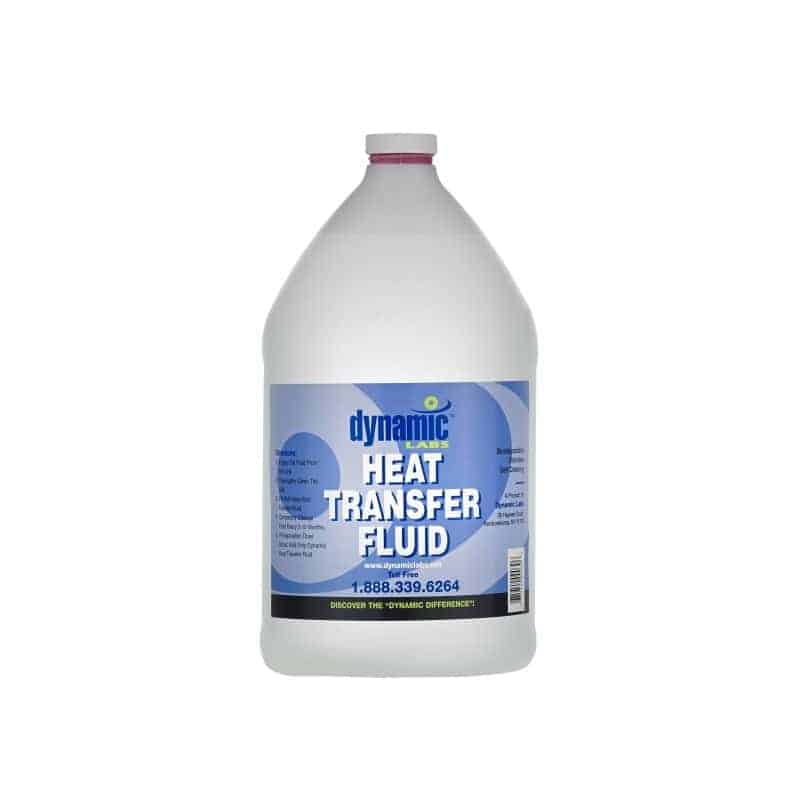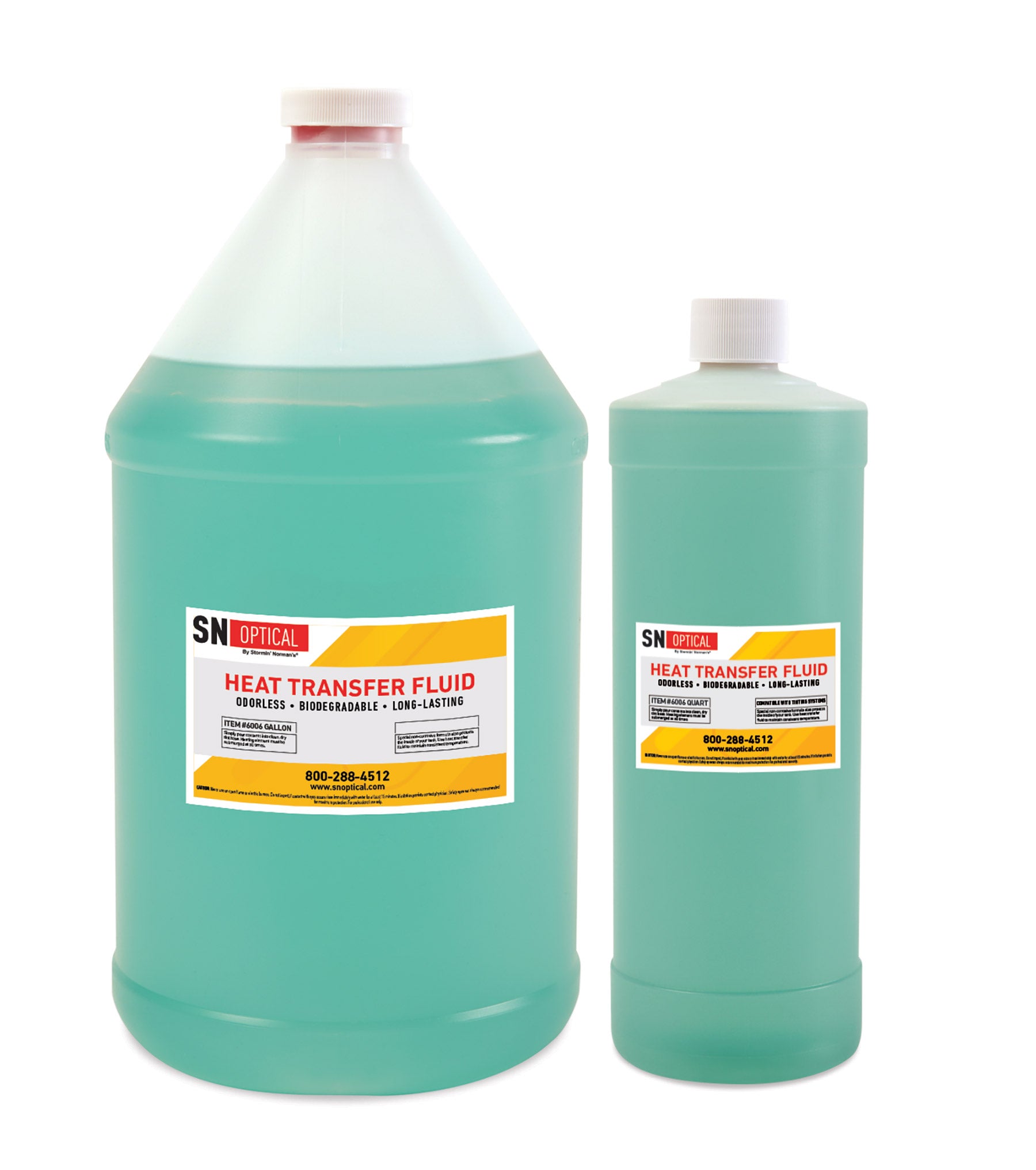Understanding the Uses of Warm Transfer Liquid in Industrial Applications
In the vibrant landscape of commercial applications, warm transfer liquids (HTFs) are crucial for keeping specific thermal policy, pivotal to enhancing functional performance and product high quality. From the complexities of chemical processing to the durable needs of power generation, HTFs are central to making sure secure and reliable heat exchange. With their essential role covering varied sectors, consisting of the food and drink industry, recognizing their complex applications is essential. What cutting-edge innovations in HTF technology are on the horizon, and how might they redefine market requirements? This expedition promises insights into these engaging concerns.
Role in Chemical Processing
In chemical processing, warm transfer fluids play a vital duty in keeping accurate temperature control, which is vital for optimizing response rates and guaranteeing product quality - heat transfer fluid. These liquids are crucial in promoting reliable heat exchange between procedure tools, consequently making it possible for the law of thermal conditions within reactors, distillation columns, and other important apparatus. Their capability to preserve stability under varying thermal lots and ecological problems makes them crucial in chemical manufacturing
The selection of an ideal warm transfer liquid is identified by elements such as thermal conductivity, specific warmth capacity, thickness, and chemical compatibility with the procedure materials. High-performance liquids permit quick heating & cooling, enhancing the effectiveness of endothermic and exothermic responses. Moreover, their thermal stability decreases the risk of deterioration or contamination, which can bring about devices fouling and decreased procedure effectiveness.
In addition to temperature law, these fluids add to safety by preventing overheating and lowering the possibility for thermal runaway reactions. By providing constant thermal monitoring, heat transfer fluids boost process dependability and can lead to considerable power savings. As chemical processes end up being increasingly complicated, the value of picking and maintaining optimal heat transfer liquids can not be overstated.

Power Generation Applications
Moving from chemical handling to power generation, warm transfer liquids presume an important function in the manufacturing of energy. In power generation applications, these liquids are important in preserving optimal thermal performance and guaranteeing the reputable procedure of power plants. Numerous types of power generation facilities, consisting of fossil fuel-based plants and focused solar power (CSP) systems, count heavily on warm transfer liquids for efficient energy conversion.
In fossil gas nuclear power plant, warmth transfer fluids are used to transfer warmth from burning gases to water in boilers, generating steam that drives wind turbines. This procedure calls for fluids with high thermal security and outstanding warm transfer residential or commercial properties to stand up to severe temperatures and pressures. Similarly, in CSP plants, heat transfer fluids flow through solar batteries, soaking up solar power and moving it to a main receiver where it is utilized to create vapor. The steam then powers turbines to produce electrical energy.
The selection of warm transfer liquid in these applications is essential, as it impacts the plant's performance, safety and security, and ecological impact. Artificial oils, molten salts, and other specialized liquids are generally used, chosen based upon their thermal stability, heat capacity, and compatibility with system products.
Effect On Food and Beverage Market

In enhancement to enhancing item top quality, heat transfer liquids contribute to functional efficiency by minimizing power usage and reducing process times. Their thermal security and high heat capability permit fast home heating and cooling cycles, bring about improved throughput and cost-effectiveness. The use of food-grade heat transfer liquids, which comply with strict safety and security standards, guarantees that there is no risk of contamination, therefore guarding public health and wellness.
The versatility of warmth transfer liquids enables their application across a large range of food and drink procedures, from click here to find out more dairy and confectionery to brewing and bottling. By enhancing temperature level control, these liquids play a crucial role in meeting the progressing demands of the food and drink market while preserving high criteria of quality and safety.
Importance in Manufacturing

A crucial aspect of making processes throughout different markets is the effective management of temperature level, which is where warm transfer fluids show their value. These liquids play a vital function in maintaining optimum temperatures for varied operations, making sure product high quality, safety, and energy performance. In sectors such as chemical processing, drugs, and plastics, exact temperature level control is necessary for responses, healing, and molding processes. Warm transfer fluids assist in these controlled environments by soaking up, transferring, and launching heat as needed.
In producing setups, warm transfer liquids contribute considerably to functional effectiveness and cost-effectiveness. By decreasing temperature level changes, they help in reducing energy usage, thereby lowering operational costs and improving sustainability. Additionally, they improve the life-span of equipment by stopping getting too hot and thermal stress and anxiety, which can bring about pricey downtime and repairs.
Additionally, the flexibility of heat transfer liquids permits them to be tailored for details applications, accommodating a vast array of temperatures and ecological problems. This versatility guarantees constant efficiency, also in one of the most requiring commercial settings. Ultimately, the strategic use of warmth transfer fluids equips suppliers to enhance their processes, improve product quality, and keep an affordable edge in an ever-evolving market.
Advancements in Warmth Transfer Innovation
With improvements in warmth transfer technology, markets are experiencing transformative enhancements in temperature level management systems. Modern HTFs, such as nano-fluids, show enhanced thermal conductivity and security, which considerably boost heat exchange processes.
Moreover, the integration of wise modern technology and digital tracking systems has actually revolutionized warm monitoring. Advanced sensing units have a peek at these guys and IoT tools provide real-time information analytics, enabling accurate control and optimization of warm transfer procedures. This causes boosted security, reduced downtime, and extended devices life-span.
In addition, the development of magnetic and phase-change products in warmth transfer applications notes a considerable jump onward. heat transfer fluid. Magnetic fluids, as an example, offer rapid heat dissipation via magnetic field control, while phase-change materials effectively keep and launch thermal energy during phase shifts
These technical strides are not only enhancing performance in conventional industries such as chemical processing and power generation but are also fostering innovation in emerging fields like renewable energy pop over here systems and digital air conditioning, leading the method for lasting industrial operations.

Conclusion
Warmth transfer liquids are integral to commercial applications, using exact temperature control and enhancing operational efficiency. Advancements in heat transfer technology continue to maximize these features, emphasizing the critical duty of HTFs in industrial processes.